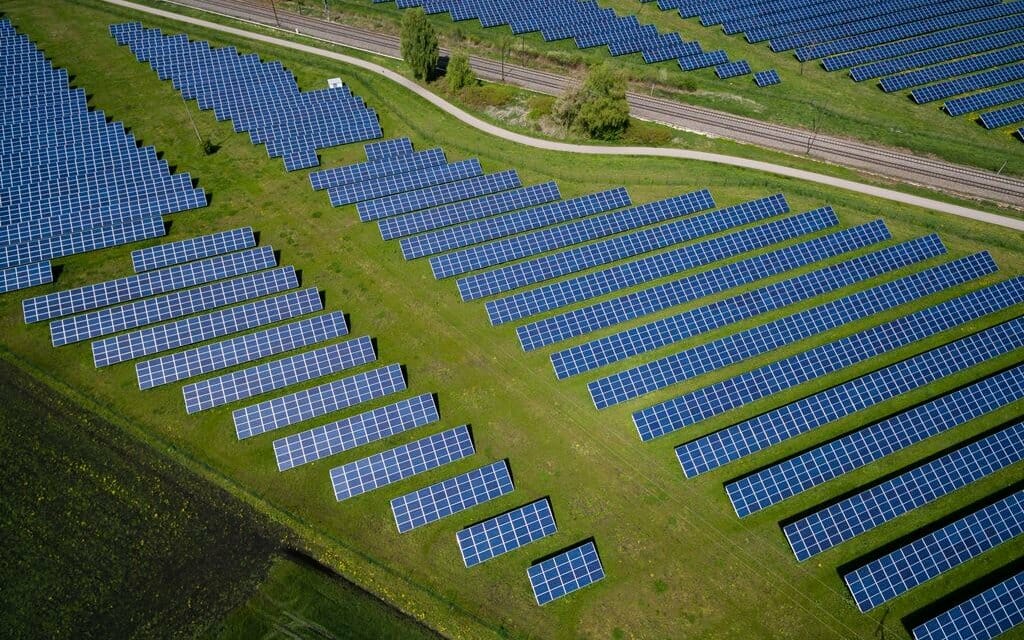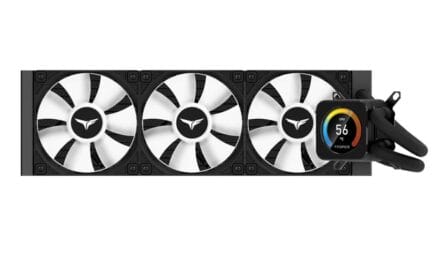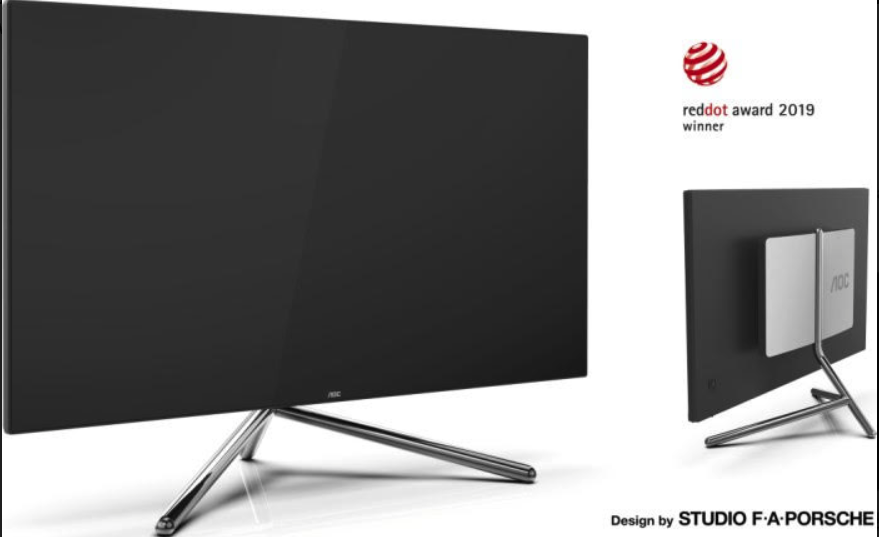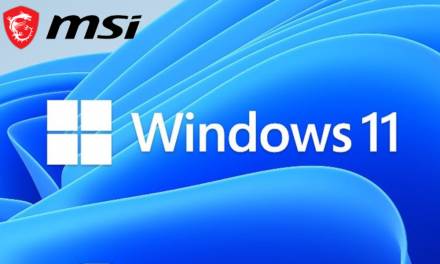Introduction
Solar energy is a sustainable and environmentally friendly source of energy that has the potential to reduce carbon emissions and lower energy costs. However, many renters face significant challenges in accessing solar power. As renters, they do not have the authority to install permanent solar panels on their rental property. This often means that renters have to rely on traditional energy sources, which can be expensive and harmful to the environment.
This article explores how a renter can go solar by discussing innovative solutions such as Smart Flower Solar and other viable options available to renters to access clean energy. By adopting these solutions, renters can reduce their carbon footprint and energy costs, while also enjoying the numerous benefits of solar energy.
What is a Smart Flower Solar?
An innovative solar energy solution that behaves like a flower is called the Smart Flower Solar system. During the day, it is exposed to the sun; at night, it is covered.
The system comprises solar panels that are fixed to a pole that follows the path of the sun to produce as much electricity as possible all day. Solar power providers can offer the Smart Flower Solar system as a solution for renters who are unable to install permanent solar panels on their rental property, allowing them to benefit greatly from renewable energy.
If you are considering the Smart Flower Solar system, one important factor to consider is the cost. The cost of a Smart Flower Solar system can vary depending on several factors such as the size of the system and the specific features included. So, how much is a Smart Flower? On average, the cost of a Smart Flower Solar system ranges between $16,000 to $25,000.
The advantages of utilizing the Smart Flower Solar system outweigh the upfront cost. It can drastically save energy expenses, improve energy effectiveness, and lessen the carbon impact of the tenant.
The Smart Flower Solar system is an inventive way for renters to use solar power overall. Although there may be a sizable upfront fee, the long-term advantages can make it a sensible and affordable choice for renters.
How Smart Flower Solar Can Help Renters Go Solar
How renters obtain solar energy may change thanks to the Smart Flower Solar system. For tenants who are unable to permanently put solar panels on their rental property, it provides a flexible solution.
Renters can benefit from solar energy without having to deal with installation hassles thanks to the Smart Flower Solar system. The system is a practical and adaptable option for renters because it may be deployed anywhere there is a sufficient power source.
There are many advantages to using the Smart Flower Solar system for tenants. The first benefit is that it can considerably lower energy bills, which can be a significant expense for renters. The technology can also improve energy efficiency, giving tenants access to a more ecologically friendly and long-lasting source of energy.
Also, renters can raise the value of their rental home by implementing the Smart Flower Solar system, making it more desirable to prospective tenants who are environmentally conscious.
The Smart Flower Solar system is, all things considered, a fantastic choice for renters who wish to switch to solar energy and lessen their carbon impact. It provides a workable and affordable answer for renters who want to switch to renewable energy.
Other Ways Renters Can Go Solar
There are several options available for renters to access solar energy:
- Smart Flower Solar system
- Portable solar panels
- Community solar
Portable solar panels are made to be portable and simple to set up. They can be placed on patios or balconies and moved around as required. They are therefore a fantastic option for tenants who travel around a lot.
Another choice is community solar, which enables renters to purchase or lease a portion of a sizable solar farm in exchange for credits off their electricity costs. Due to its accessibility and reasonable price, this alternative has grown in popularity recently. It’s crucial to keep in mind that community solar might not be available everywhere, and that loan availability may differ based on where you live.
Both community solar and portable solar panels have benefits and drawbacks. Although they give tenants the choice to use solar power, they might not be as effective as a permanent solar panel installation, and the cost savings might be less.
Hence, it’s crucial to thoroughly weigh each choice and select the one that best suits the renters’ budget and energy requirements.
How to Choose the Right Solar Solution for You
Renters should take into account a number of aspects when selecting the best solar option to make sure they get a system that suits their needs.
The size of the system is one significant consideration, which will rely on the energy requirements of the renters and the installation space available.
Tenants should also take into account the price of installation and upkeep, as well as any possible long-term energy bill savings.
Renters should also think about the system’s efficiency and durability, as well as the manufacturer’s warranty and customer support.
Renters should do their homework and analyze their options to choose the best solar solution for their needs. They can seek advice from a solar expert who can evaluate their energy requirements and suggest the best course of action.
Tenants can read user reviews to obtain a sense of the system’s effectiveness and dependability.
Renters should ultimately select a solar solution that suits their energy requirements, financial situation, and way of life. By doing this, they can benefit from solar energy’s many advantages and lessen their carbon footprint.
Conclusion
In conclusion, there are several options available for tenants who are interested in becoming solar, including the Smart Flower Solar system and other solar solutions. With these solutions, tenants can access clean and renewable energy and take use of all its advantages.
Renters may help create a more sustainable future by lowering their energy expenses, improving energy efficiency, and lowering their carbon impact.
Renters should carefully assess their energy requirements, financial situation, and installation space before selecting a solar solution. They should also consider the system’s effectiveness and durability, the price of installation and maintenance, the manufacturer’s warranty and customer support, as well as the cost of installation and maintenance.
Renters can reduce their energy costs and environmental effect by doing careful research and choosing the best solar option.















